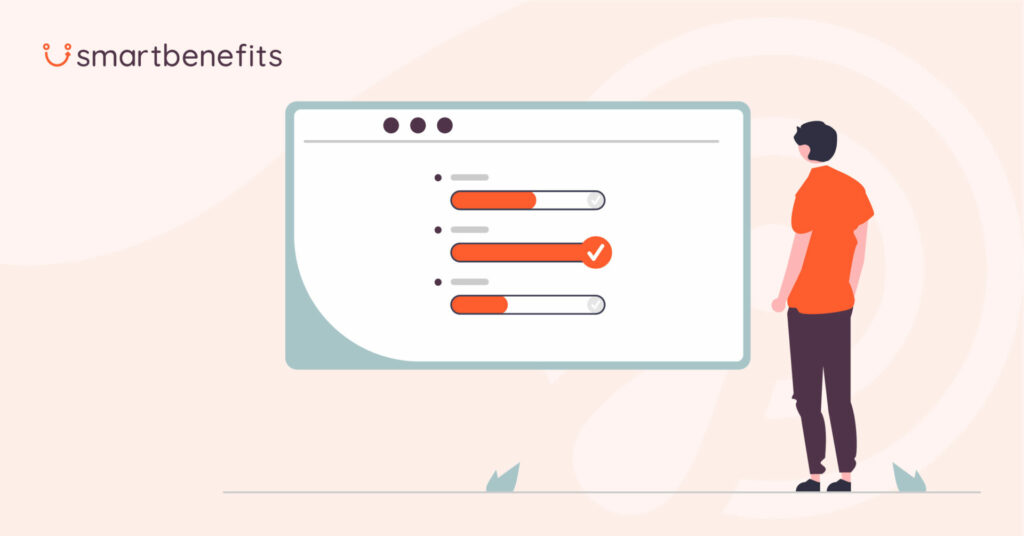With the human resources structure becoming more complex, with hybrid and remote workers, as well as other changing technicalities, the traditional linear approach to HR decision-making is proving to be an effective strategy for business success. Multiple tools, software, and technologies help businesses manage their human capital better and improve their bottom line in the process.
Amongst these, a fast-emerging tool is people analytics, which is based on using. HR data to leverage it for better planning.
Defining People Analytics
People analytics, also called Human Resource analytics or workforce analytics, is about collecting employee data and evaluating it to draw valuable insights. To implement a people analytics strategy, you need to be certain about core issues like data collection, availability, and data integrity. Other key concerns are privacy, compliance, and costs of the process.
In businesses with large payrolls, handling people analytics data is a challenge as data volume and collection are a challenge. However, multiple advanced analytics tools can help businesses collect and process employee data to understand internal HR trends. This is effective in managing a diverse employee group more efficiently.
Why is People Analytics Important?
Data in any form is a basic requirement for making informed decisions. This is true for HR as well, where HR analytics is known to improve planning, strategy development, and even succession planning as offers fact-based and therefore objective insights into HR behaviour. With such knowledge, businesses can improve their human resource management areas efficiently.
Data-based understanding of key issues like employee engagement allows HR to understand (and improve) the drivers of engagement and satisfaction. This lets the business implement plans that are shown to improve employee morale and allows them to retain talent. This allows businesses to cut down on employee turnover and ensures a stable workforce.
Data analytics is also essential for offering key insights into employee performance, engagement, and retention. By evaluating HR data, organizations can discover hidden patterns and trends within their workforce. This can include identifying common characteristics that identify high-performing employees, recognizing factors that contribute to employee turnover, or even discovering correlations between engagement levels and productivity. These insights allow HR management to make targeted interventions to push organizational success.
How to Implement an Effective People Analytics Plan
Implementing people analytics in HR processes requires following a clear strategy that has quantifiable objectives, with defined data sources, and establishes proper data governance policies.
With most businesses having different HR systems, there are a few key items to consider when implementing a people analytics strategy:
- Specify strategic goals and essential HR metrics:
Having clearly defined business objectives and identifying the key HR metrics that match these goals. This will provide a roadmap for designing the people analytics effectively.
- Evaluate data availability and identify pertinent data sources:
Assess the business’s data infrastructure and pinpoint the data sources that will offer data that will support the people analytics process. Ensure that the data is of high quality and is pertinent to the specified goals.
- Implement data privacy and compliance measures:
Data privacy is an emerging concern, and it needs to be considered. Businesses should ensure compliance by putting in place strong measures to protect sensitive employee information.
- Train HR teams in data analysis:
Offer all-inclusive training programs to HR staff that will handle data. This should be comprehensive enough to let them develop their analytical skills and let them interpret data insights effectively.
- Include data analytics in core HR processes and workflows:
Embedding data analytics into existing HR processes and workflows allows the business to foster a data-based culture. This promotes data-driven decision-making across the organization and helps eliminate bias and other subjective concerns.
- Communicate People Analytics insights to Stakeholders:
Once data insights are implemented, businesses should ensure that there are clear ways of communicating people’s analytic insights to the relevant stakeholders. The communication should be adapted to suit (or convince) different audiences, making the information easily understandable and actionable.
- Monitor and refine the process:
Like all plans, there should be a feedback loop to monitor the effectiveness of people analytics initiatives. Regularly evaluating and refining the strategy on the basis of feedback, new data, and evolving business objectives. This ongoing process will keep the strategy relevant and effective over time.

Sadia Zaheer holds a Masters in Business Administration from IBA, Karachi. After working in several financial institutions in Client Management, Corporate Lending, Islamic Banking and Product Management she jumped careers to pursue a career in writing.
She is a Finance, Business and HR Development writer with four years of experience. She reads a lot and takes care of her multiple cats to remain calm.



